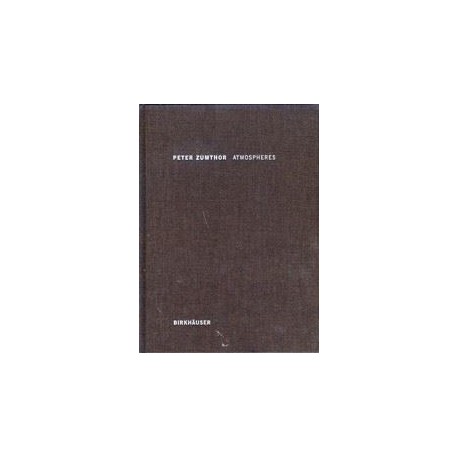
Every building has its own individual way to adopt its surrounding which is ruled by the material composition and their reaction.ĭuring my internship in Shimla, I stayed in an old traditional house filled with all antic furniture’s, carpets, and artefacts. By pulling an example of his building Swiss pavilion, he explains the role of wood as an insulating material, how the pavilion remains cool as a forest when it was hot outside, and when it was cool the pavilion was warmer than it was outside, although it was open to the air. The temperature of a space, he draws to the heat extraction character of each material which gives individual effect to space. As with The sound of a space, he describes the science of sound with the shape of space and reflection with surfaces of the material.

He narrates, Interiors are like large instruments, collecting sound, amplifying it, transmitting it elsewhere. In the third and fourth chapter, he illuminates the physiological aspects of architecture. So this capability is an extraordinary sense of presence and understanding the nature of individual materials which comes with the experience and time. Relation of materials with each other, every material with endless possibility. The C apability of Materials with one another leads to the appearance of space ie.

spaces are the assemblage of the different membrane, material. The Body of Architecture, architecture end products. But he also describes how this task of creating architectural atmosphere comes down to craft an graft. In his work, he always tries to end with the same effective product as a composer in well-composed music. A process of individual observation and sensual thinking about people behaviour, interaction pattern and their relation with other things. He commences the talk with the magic of real, How do people perceive things in reality. He describes the notion of the environment, by defining nine basic things to achieve the ideal relation between building and surrounding. This book is an insight into architectural quality. Zumthor emphasis the sensory aspect of architecture. When a person asks you to describe India, then u have an image of holy cities, crowded places, hawkers on both sides of roads, narrow streets and its multi-dimensional culture.īy Atmospheres- Peter Zumthor, put some light on the exchange, a give and take, between a building and its environment. It’s an experience of the built environment, how space is transformed by a different element like people, shops, cafe. Phenomenology is a short brief of our conscious experience.


 0 kommentar(er)
0 kommentar(er)
